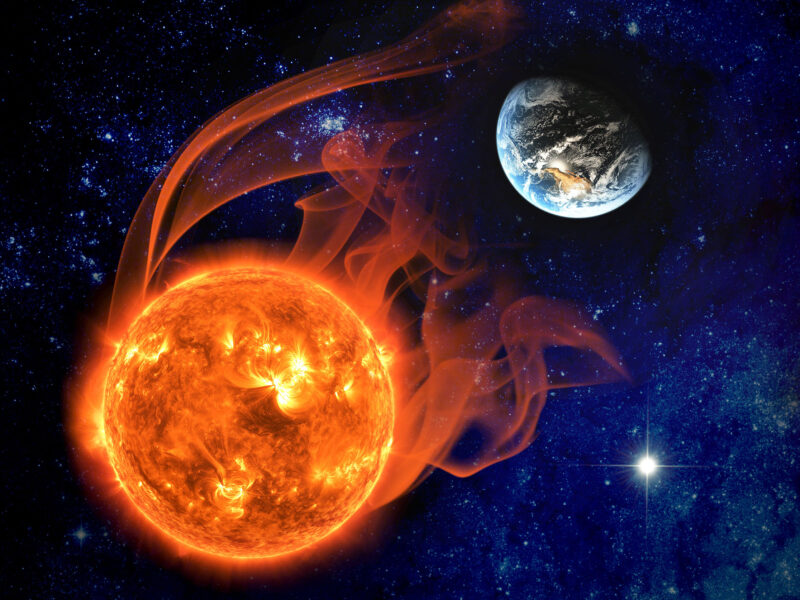By Doc Willie Ong
What is high blood pressure?
The beating heart muscle alternates between pumping and relaxing to push blood through the blood vessels. As the blood flows throughout the circulatory system, it brings oxygen to the tissues and all vital organs. Blood pressure is the measure of how much force the blood exerts on the walls of blood vessels. A health problem can cause blood pressure to climb above or below normal levels. High blood pressure or hypertension occurs when the blood is consistently exerting too much pressure on the blood vessel walls.
Causes of high blood pressure
There are two (2) kinds of high blood pressure. Primary or essential high blood pressure is more common. Doctors in the United States cannot exactly point to one fundamental cause for 95% of Americans with high blood pressure. This disease is linked to many factors.
- Gender. Men have a greater chance of having high blood pressure compared to women.
- Race. The African race along with African Americans are more at risk of having high blood pressure. In the United States, black people are two times more likely to have a higher blood pressure than white people. Above the age of 65, black women have the greatest number of high blood pressure cases.
- Old age
- Alcoholism
- A diet low in potassium
- Calcium deficiency
- Magnesium deficiency.
- lack of exercise.
- Eating a lot of salt. In the northern islands of Japan, people living there consume more salt than in any other place in the world. As a result, they have the highest occurrence of high blood pressure.
Secondary high blood pressure is less common. In this case, doctors can identify and point to one main cause of hypertension.
- Kidney disease is the most common cause of secondary high blood pressure.
- Tumors or other problems in the adrenal glands found above the kidneys can cause the production of too many hormones and increase blood pressure.
- Taking birth control pills, especially the ones with estrogen can raise blood pressure.
- Pregnant women have higher blood pressure.
- Medications that constrict the blood vessels can cause high blood pressure.
If left untreated, high blood pressure can result in damage to the eyes, a heart attack, kidney disease, problems for pregnant women, and stroke.
How blood pressure is measured
A health worker uses an instrument called a sphygmomanometer or blood pressure gauge to measure the blood pressure of a patient. A standard blood pressure reading takes two measurements. The first number is the blood pressure when the heart is pumping or systolic pressure. And the second number is the blood pressure when the heart is resting or diastolic pressure. An inflatable cuff is first strapped onto a patient’s upper arm. A rubber pump inflates the cuff which tightens around the arm. This stops the blood flow in the arm’s brachial artery. A release valve then deflates and loosens the cuff.
The health worker uses a stethoscope to first listen for the sound of blood rushing to measure systolic blood pressure. This is the blood pressure when the heart is pumping. Once the sound stops, the doctor takes another measurement which is the diastolic pressure. This is the blood pressure when the heart is relaxing. The unit of measurement used for blood pressure is millimeters of mercury (mm Hg). The systolic pressure is listed first, and the diastolic pressure is listed second. For example, a reading of 170 over 90 (170/90) is considered stage 2 hypertension. Please consult the chart below.
Blood pressure chart Systolic (mm Hg) Diastolic (mm Hg)
Normal Blood Pressure Lower than 120 Lower than 80
Elevated Blood Pressure 120 to 129 Lower than 80
Stage 1 Hypertension 130 to 139 80 to 89
Stage 2 Hypertension 140 to 179 90 to 120
Hypertensive Crisis More than 180 More than 120
Symptoms of high blood pressure:
- Pounding and throbbing in the ears, neck, and back of the head
- Nosebleeds usually occur only during a hypertensive crisis. Sit up and squeeze the nose. Don’t lie down. Nasal decongestion can close the smaller blood vessels. See a doctor immediately.
- Headaches are rare but happen especially during a hypertensive crisis.
- Chest pain.
- Being short of breath. Lack of oxygen can also cause blood pressure to increase.
- Numbness and weakness.
- Difficulty speaking.
- A sudden back pain.
- Feeling anxiety.
- Feeling dizzy. Do not ignore this as feeling dizzy, having difficulty walking, and losing your balance can be an early warning of a stroke. If you have to walk, ask somebody to assist you. It’s better to sit down. Dizziness can also cause fainting. Falling on a hard surface can cause more injury.
- Redness in the face can happen after drinking alcohol, exposure to hot weather, and intense physical activity. Also, the flushing facial redness is an effect rather than a cause of high blood pressure.
- Red blood spots in the eye usually occur in people with diabetes and high blood pressure but they aren’t directly related to or caused by high blood.
- Aneurysm. High blood pressure can weaken the artery wall to a point that it bulges and causes internal bleeding.
- Kidney disease. High blood pressure can damage the kidneys. Damaged kidneys lead to fluid retention, swelling legs, and kidney failure.
- Blood in your urine.
- Inflammation of internal organs.
- Heart attack. Or heart Failure. This is accompanied by abrupt weight gain, fatigue, no appetite, short breaths, palpitation in the heart, swelling in the abdomen, and swelling in the ankle or leg.
- Stroke. High blood pressure thickens and hardens arteries. This is called atherosclerosis. This can stop the blood from flowing to the brain. This can be followed by vomiting, painful headache, being confused, seizures, heart attack, or stroke.
- Preeclampsia. 1 out of 25 women in the U.S. experiences preeclampsia. Women who have no history of high blood pressure, suddenly develop high blood pressure and excess protein in their urine during pregnancy. This can happen without symptoms so watch out for headache, breathing difficulty, blurred eyesight, seeing dark spots, other changes in vision, swelling in the hands and feet, upper stomach pain, and abrupt weight gain.
- Eclampsia. Women with preeclampsia might develop seizures. This is a more serious emergency.
- Premature birth. Usually, labor occurs between 37 to 42 weeks of pregnancy. Women with high blood pressure are more likely to give birth before 37 weeks.
At times, there are no noticeable symptoms of hypertension. Persons with high blood pressure may not even know they have it.



